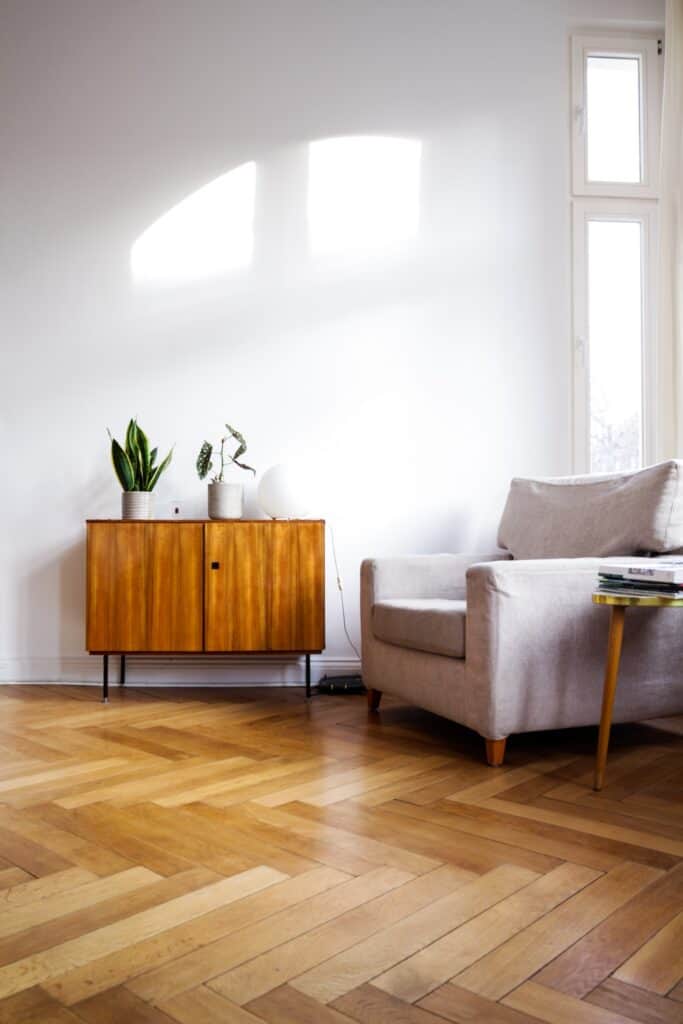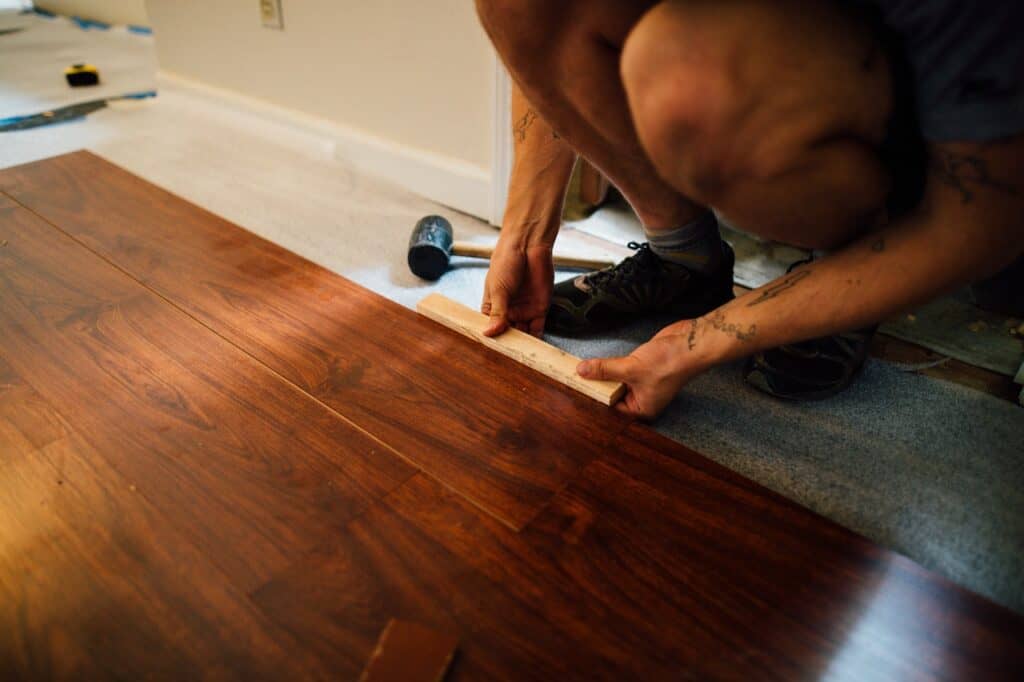
Whether you’ve just invested in a brand-new Airbnb or have been renting your place for a while now, there comes a time when you’ll need to redo your floors. With so many types and options to choose from, selecting the best flooring for your rental property can be quite tricky.
While much of the goal of short-term renting is making money, you’ll have to consider different factors in trying to achieve that goal. Attracting guests, hosting them on your property, and providing a great product are just some of them. You’ll also want to retain your guests, have them come back again, and have them recommend you to others.
If you’re looking to resell your property in the future, that would be another consideration. Aside from a room’s walls, flooring can often be the focal point in a room’s interior. You’ll want to not only invest in attractive and high-quality materials for your floors, but you’ll also want to keep them in good shape so you can increase the resale value of your property in the future.
So what are the things you need to consider when choosing the best flooring material for your Airbnb?
Most short-term and vacation rental properties see a lot of foot traffic. Guests stay at frequent intervals, lugging heavy suitcases in and out. Children and animals – if your property is pet-friendly – could cause all kinds of mess on the floor.
Properties near the beach, lake, or mountains will be exposed to lots of water, sand, mud, and grit.
Depending on where your listing is and what type of guests you accommodate, your flooring will have specific needs. Whichever way, you’ll want it to be durable so it can stand many, many years of wear and tear.
Whether you’re renting your property for the short, medium, or long term, ease of maintenance is a key factor. Choosing a type of flooring that’s easy to clean will make it easy not just for yourself and your cleaners, but also for your guests if they need to take care of spills and smudges on your floor.
Of course, everybody wants great visual appeal. In most cases, guests book rental properties based on what they see on a listing’s photos. They want to see clean, modern homes, especially if the property is located in the city. And that includes updated flooring! If you own the property you’re renting (and not doing rental arbitrage), the aesthetics will be an especially crucial factor if you end up reselling your place in the future.
Short-term renting is a business, and good business involves cost-cutting for better efficiency. You won’t want to spend on expensive marble or natural stone floors. You’ll want value for money so can cut down on unnecessary costs while maintaining all the other factors mentioned above.
But note that affordability doesn’t end with the purchase of any flooring material you end up with. You’d also have to factor in the installation, maintenance, and possible replacement costs down the road.
So what type of flooring will rent your property faster? Which ones will provide great value for your money? And which materials will weather a lot of wear and tear? Here are the 5 best flooring materials you can choose from.
Carpets bring warmth, comfort, and color to any room. Because of their ability to provide extra insulation for heat and sound, they’re a popular choice for apartments and condominiums. They’re highly recommended for bedrooms and playrooms. Landlords especially love them for their affordability and ease of installation.
The downside is that carpets are susceptible to water damage. If moisture seeps into them and spreads underneath, molds can grow and potentially pose health hazards. So they can’t be recommended for use in kitchens, bathrooms, basements, and dining area.

PROS
CONS
Probably nothing looks richer, homier, and more beautiful than good old wooden floors – the genuine kind, that is! Natural and totally unique in texture, this organic material comes in a plethora of grains and tones that will go with any property’s color scheme. Best suited for rooms with less foot traffic like bedrooms, dining, and living room, hardwood has an elegant, timeless appeal that will never go out of style.
PROS

CONS
Also known as the “poor man’s hardwood”, laminates are made with four different layers of synthetic materials compacted together. A high-resolution photo of natural wood or stone is printed onto the fiberboard and then laminated with a stain-resistant coating. The planks are usually installed over a subfloor by gluing or clicking together.
Laminates are popular because of their affordability. They can match the elegant look of wood and stone but only cost a fraction of the price. Plus, they don’t scratch and discolor easily like genuine lumber.
Laminates are ideal for properties that allow pets. They’re recommended for use in high-traffic areas of the home like the kitchen and living room. But since they’re less durable than genuine wood, they’ll need replacement after several years. So the cost you’d save in installing laminates could otherwise go to replacement costs in the future.
PROS

CONS
LVTs and LVPs are the highest quality vinyl flooring. They’re preferred over standard vinyl composite tiles (VCT) because of their texture and durability. LVTs can match not only the high-end look of hardwood, ceramic and polished stone but also their surface grain. Plus, many are water-proof which means they can be installed anywhere, including bathrooms, kitchens, laundry rooms, and basements.
PROS

CONS
Ceramic and porcelain tiles are a durable, versatile, and popular flooring option among rental owners. They come in a vast array of styles, price points, sizes, and designs that can imitate stone, wood, and other natural materials. Plus, they’re very easy to clean and maintain. The downside is that installation can be costly. The best places to install tiles in a rental property would be the bathroom, kitchen, entryway, mudroom, and basement.
PROS

CONS
When deciding among the best flooring options, the usual approach is to use two or more different materials. But don’t limit your considerations to just durability and cost. There are a lot of other factors that you need to think about: the climate in your property’s location, the function of each room, the type of guests you’re trying to attract, their safety, and the time and effort you’ll spend on installation, maintenance, and repairs. The effort you’ll need to put in if you decide to change or upgrade the materials in the future can also be a factor.
Weigh those different elements and find out if you can find a sweet spot somewhere in between. Then, decide how the pros of each of the flooring materials listed above can work for the different areas of your property.
Ready to learn how we built and operate a $2M/year short-term rental business, operate properties throughout the USA remotely, and acquired 70+ properties without owning any in just 2 years? Attend our free online master class to learn how you can do the same. Click here.